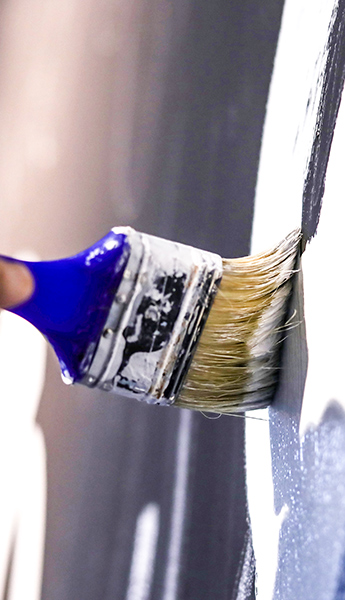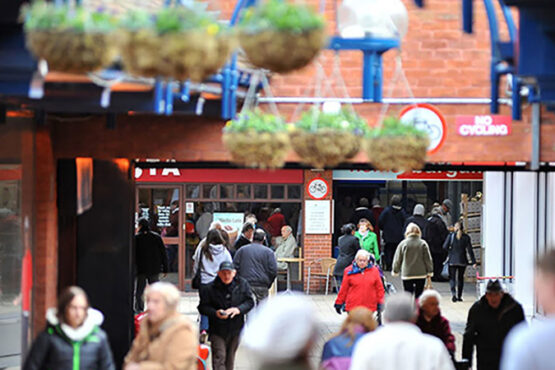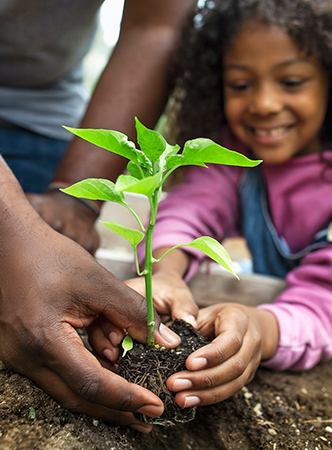Sun Awareness Week
10th May 2017
Did you know that eight out of ten people fail to apply sunscreen before going out in the sun?
This is according to a survey carried out by the British Association of Dermatologists to mark Sun Awareness Week that takes place this year from Monday 8th to Sunday 14th May. The survey undertaken by BAD, also found that the majority of people fail to reapply sunscreen every two hours, as recommended.
Sun Survey
More than 35% of Brits have been sunburnt in the last year while in the UK and, of those, 28% were sunburnt three or more times according to the survey by BAD. Brits are even more likely to be sunburnt abroad, with almost half of people who have been abroad in the last twelve months getting sunburnt while away (46%).
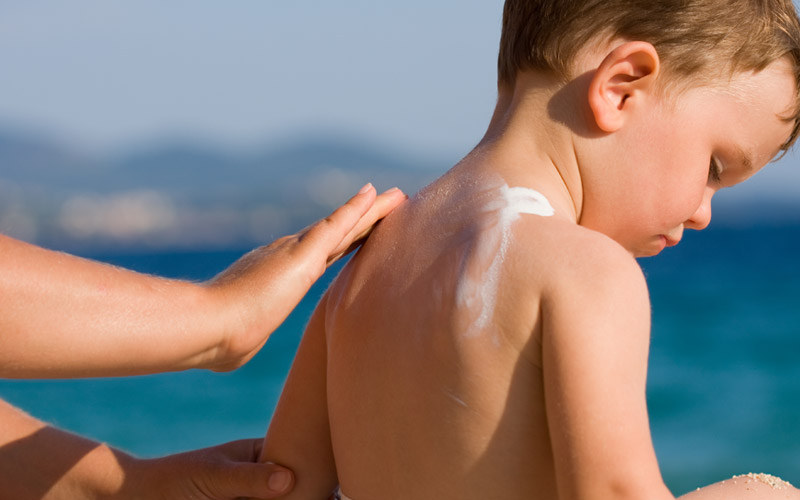
When those who have suffered sunburn were asked about factors that might have contributed to previous cases of sunburn, the most common issues cited all could have been avoided by following basic sun protection advice.
“Too many people are ready to laugh off sunburn as the inevitable price of enjoying the summer, but it shouldn’t be.”Dr Nick Levell, President of the British Association of Dermatologists
Top of the list was not realising how strong the sun was (61%), failing to reapply sunscreen after long periods (43%) and not reapplying sunscreen after sweating or swimming (30%).
However, there were also cultural reasons why Brits have been sunburnt, reflecting how we like to spend our time in the sun. Top of these were:
- Desire for a tan
- Alcohol consumption
- Falling asleep
Although men and women had similar rates of sunburn while in the UK, there was a lot of variation across age groups, with younger people generally being less cautious in the sun. The age group that admitted to being sunburnt in the UK the most were 25-34 year olds (51%).
Cancer Concerns
All of this is of concern given that the risk of developing melanoma – the deadliest form of skin cancer – more than doubles in people with a history of sunburn compared with people who have never been sunburnt.
The British Association of Dermatologists’ Sun Awareness Week campaign aims to tackle common misconceptions that can lead to sunburn, as shown by this latest research, such as an underestimation of the UK’s UV levels on hot, sunny days, or the belief that a single application of sunscreen provides lengthy sunburn protection.
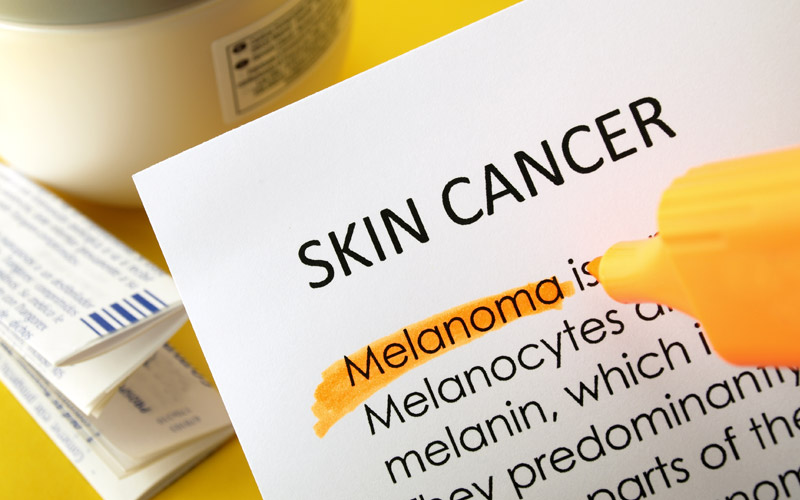
Skin cancer is the most common cancer in the UK and rates have been climbing since the 1960s. Every year over 250,000 new cases of non-melanoma skin cancer (NMSC) – the most common type – are diagnosed in the UK.
In addition to NMSC, there are over 15,400 new cases of melanoma every year, resulting in around 2,459 UK deaths annually.
Dr Nick Levell, President of the British Association of Dermatologists, said: “British people are increasingly well informed about sun protection and seem to understand the risks of sunburn, largely thanks to campaigns like Sun Awareness Week, however it’s proving to be a long and slow road to actually changing how we, as a culture, look after ourselves in the sun. Too many people are ready to laugh off sunburn as the inevitable price of enjoying the summer, but it shouldn’t be. It’s possible to enjoy the sun, and summer, without suffering sun damage; it just takes a bit of care.”
Checking for Skin Cancer
There are two main types of skin cancer: non-melanoma, the most common, and melanoma, which is less common but more dangerous. The following ABCDE rules describe a few changes that might indicate a ‘melanoma’, which is the deadliest form of skin cancer.
As skin cancers vary, you should tell your doctor about any changes to your skin, even if they are not like those mentioned here. If your GP is concerned about your skin, make sure that you are referred to a dermatologist, the most expert person to diagnose a skin cancer. Your GP can refer you via the NHS.
- Asymmetry – the two halves of the area may differ in shape or colour
- Border – the edges of the area may be irregular or blurred, and sometimes show notches
- Colour – this may be uneven. Different shades of black, brown and pink may be seen
- Diameter – most melanomas are at least 6mm in diameter. Report any change in size, shape or diameter to your doctor
- Evolution – if you see progressive changes in size, shape or colour over weeks or a few months, you must seek expert help
If in doubt, check it out! If your GP is concerned about your skin, make sure you see a dermatologist, the most expert person to diagnose a skin cancer. Your GP can refer you via the NHS.
Non-melanoma Skin Cancer
Non-melanoma skin cancers can occur on any part of the body, but are most common on areas of skin that are most often exposed to the sun such as your head and neck (including lips and ears) and the backs of your hands. They can also appear where the skin has been damaged by X-rays, and on old scars, ulcers, burns and persistent wounds.
Non-melanoma skin cancers vary greatly in what they look like. They tend to appear gradually on the skin, and slowly get bigger over time. They will not go away on their own without treatment. Some possible signs include:
- A scab or sore that won’t heal. It may also bleed occasionally
- A scaly or crusty patch of skin that looks red or inflamed
- A flesh coloured, pearly lump that won’t go away and appears to be growing
- A lump on the skin which is getting bigger and that may be scabby
- A growth with a pearly rim surrounding a central crater, a bit like an upturned volcano
Sun Protection Tips:
- Spend time in the shade during the sunniest part of the day when the sun is at its strongest, which is usually between 11am and 3pm in the summer months
- Avoid direct sun exposure for babies and very young children
- When it is not possible to limit your time in the sun, keeping yourself well covered, with a hat, T-shirt, and sunglasses, can give you additional protection
- Apply sunscreen liberally to exposed areas of skin. Re-apply every two hours and straight after swimming, sweating or towelling to maintain protection
Stay Sun Safe with Garden Square
Garden Square’s stores are awash with products to help you stay sun safe. These include:
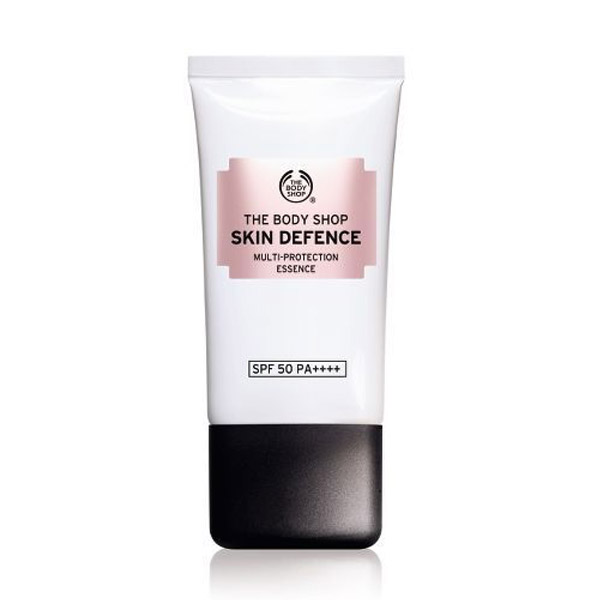
The Body Shop
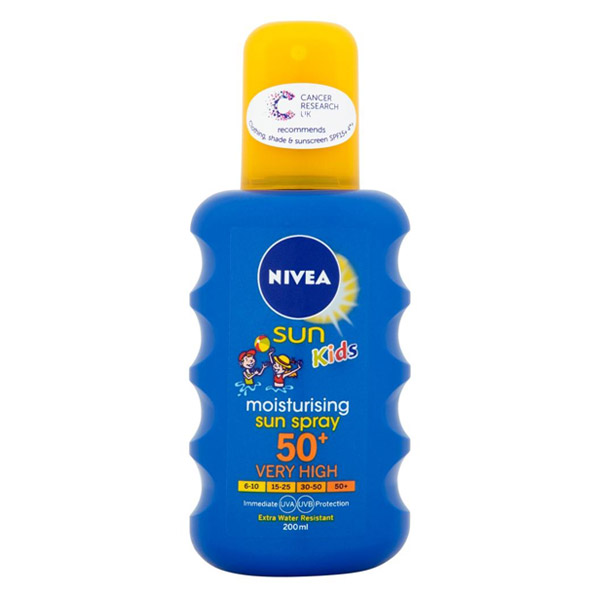
Boots

Superdrug
The Body Shop: Skin Defence Multi-Protection Essence SPF50 – £16
This is The Body Shop’s strongest multi-protection to help protect skin day after day. A feather light, milk-to-water essence with broad spectrum UV filters, brightening red algae and antioxidant Vitamin C to help protect skin against multiple skin aggressors while providing utmost comfort.
Boots: Nivea Sun Kids Coloured Moisturising Sun Spray SPF50 – £6
Nivea Sun Children’s Coloured Spray combines Nivea’s expertise in sun protection and nourishing children’s delicate skin. The disappearing coloured spray makes it easy to ensure even coverage.
An enhanced UVA/UVB filter system provides immediate protection from UV rays while Vitamin E nourishes and protects skin from long-term damage. Suitable for all skin types.
Superdrug: Ultrasun Family SPF30 – £17.99
Ultrasun Family 30 delivers very high all day protection (UVA 93% and UVB SPF30) with just one application per day. It’s super sensitive formulation is ideal for very sensitive and children’s skin and helps to prevent prickly heat reactions.
It provides extra protection for vulnerable areas such as shins, noses and shoulders. It is free from oils, emulsifiers and perfume, reducing the risk of allergy.

